Growing Tea At Home – Learn About Tea Plant Container Care
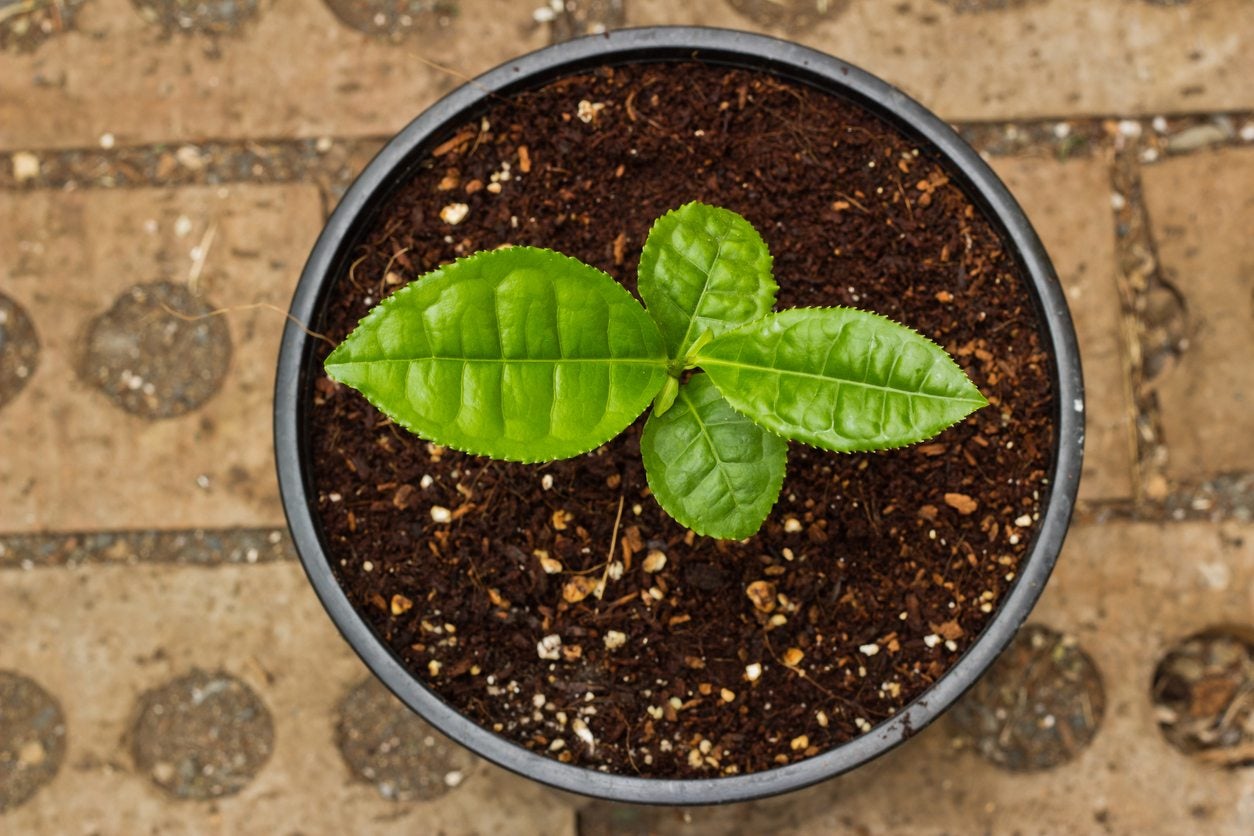
Did you know that you can grow your own tea? Tea (Camellia sinensis) is an evergreen shrub native to China that can be grown outdoors in USDA zones 7 through 9. For those in cooler zones, consider growing tea plants in pots. Camellia sinensis makes an excellent container grown tea plant as it is a smaller shrub that when contained will only reach a height of about 6 feet (2 m.). Read on to find out about growing tea at home and tea plant container care.
About Growing Tea at Home
Tea is grown in 45 countries and is worth billions of dollars to the world’s economy annually. While tea plants are adapted to tropical areas and lowland areas of the subtropics, growing tea plants in pots allows the gardener to control temperatures. Although tea plants are hardy and will generally survive to just under freezing temperatures, they may still be damaged or killed. This means that in cooler climates, tea lovers can grow plants inside, provided they give plenty of light and warm temps. Tea plant harvesting is done in the spring with the new flush of leaves. Only the young green leaves are used to make tea. Winter pruning will not only keep the plant a manageable size for containers but engender a new burst of young leaves.
Tea Plant Container Care
Container grown tea plants should be planted in a pot that is two times the size of the root ball with plenty of drainage holes. Fill the bottom third of the pot with well-draining, acidic potting soil. Place the tea plant atop the soil and fill in around it with more soil, leaving the crown of the plant just above the soil. Place the plant in an area with bright, indirect light and with temperatures about 70 degrees F. (21 C.). Keep the plant well-watered, but do not allow the roots to become waterlogged. Water until the water runs out of the drainage holes. Allow the soil to drain and don’t let the container sit in water. Let the top few inches (8 cm.) of soil dry between watering. Fertilize the container grown tea plant during its active growing season, from spring through fall. At this time, apply an acidic plant fertilizer every three weeks, diluted to half the strength according to the manufacturer’s instructions. Prune the tea plant yearly after it blooms. Also, remove any dead or damaged branches. To restrict the height of the plant and/or to facilitate new growth, prune the shrub back by about half its height. If the roots begin to outgrow the container, repot the plant into a larger container or trim the roots to fit the pot. Repot as needed, usually every two to four years.
Gardening tips, videos, info and more delivered right to your inbox!
Sign up for the Gardening Know How newsletter today and receive a free copy of our e-book "How to Grow Delicious Tomatoes".

Amy Grant has been gardening for 30 years and writing for 15. A professional chef and caterer, Amy's area of expertise is culinary gardening.
-
 Want The Longest Lasting Hydrangea Flowers? Grow These 8 Panicle Hydrangea Varieties
Want The Longest Lasting Hydrangea Flowers? Grow These 8 Panicle Hydrangea VarietiesFor ornamental shrubs that deliver the longest flowering seasons with plush blooms and delicate hues, these panicle hydrangea varieties are essential in your yard
By Tonya Barnett
-
 Moody Blooms For Spring: 8 Types Of Black Flowers To Add Drama To Spring Displays
Moody Blooms For Spring: 8 Types Of Black Flowers To Add Drama To Spring DisplaysFrom midnight burgundies to inky violets, several types of black flowers can enrich and embolden a spring display. Try these brooding bloomers for a moody garden
By Tonya Barnett
-
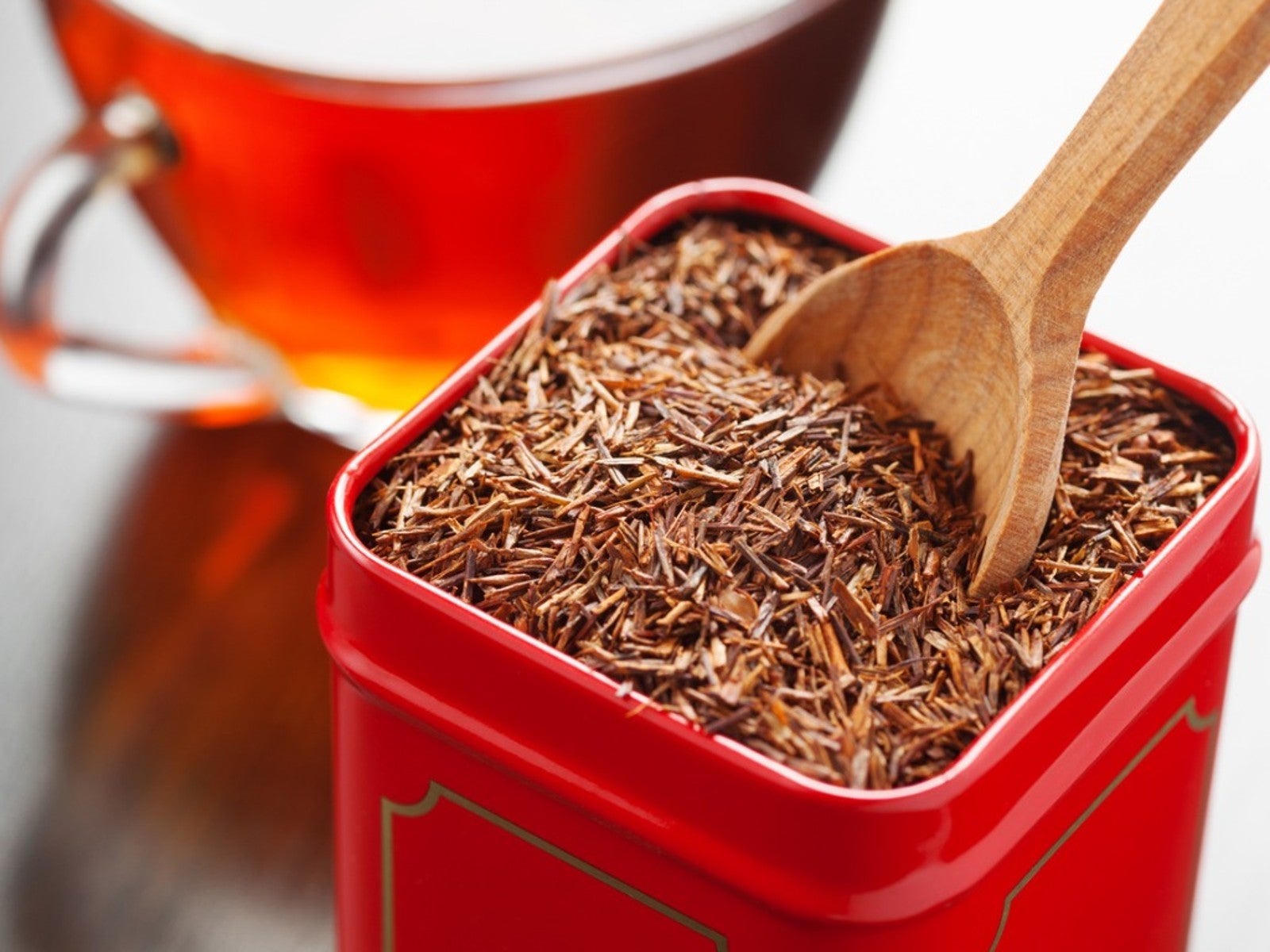 How To Grow Rooibos Tea: Growing Aspalathus Linearis For Rooibos Tea
How To Grow Rooibos Tea: Growing Aspalathus Linearis For Rooibos TeaWhile the health benefits make growing the rooibos tea shrub promising, it can be a bit tricky to cultivate. Read on for more info.
By Laura Miller
-
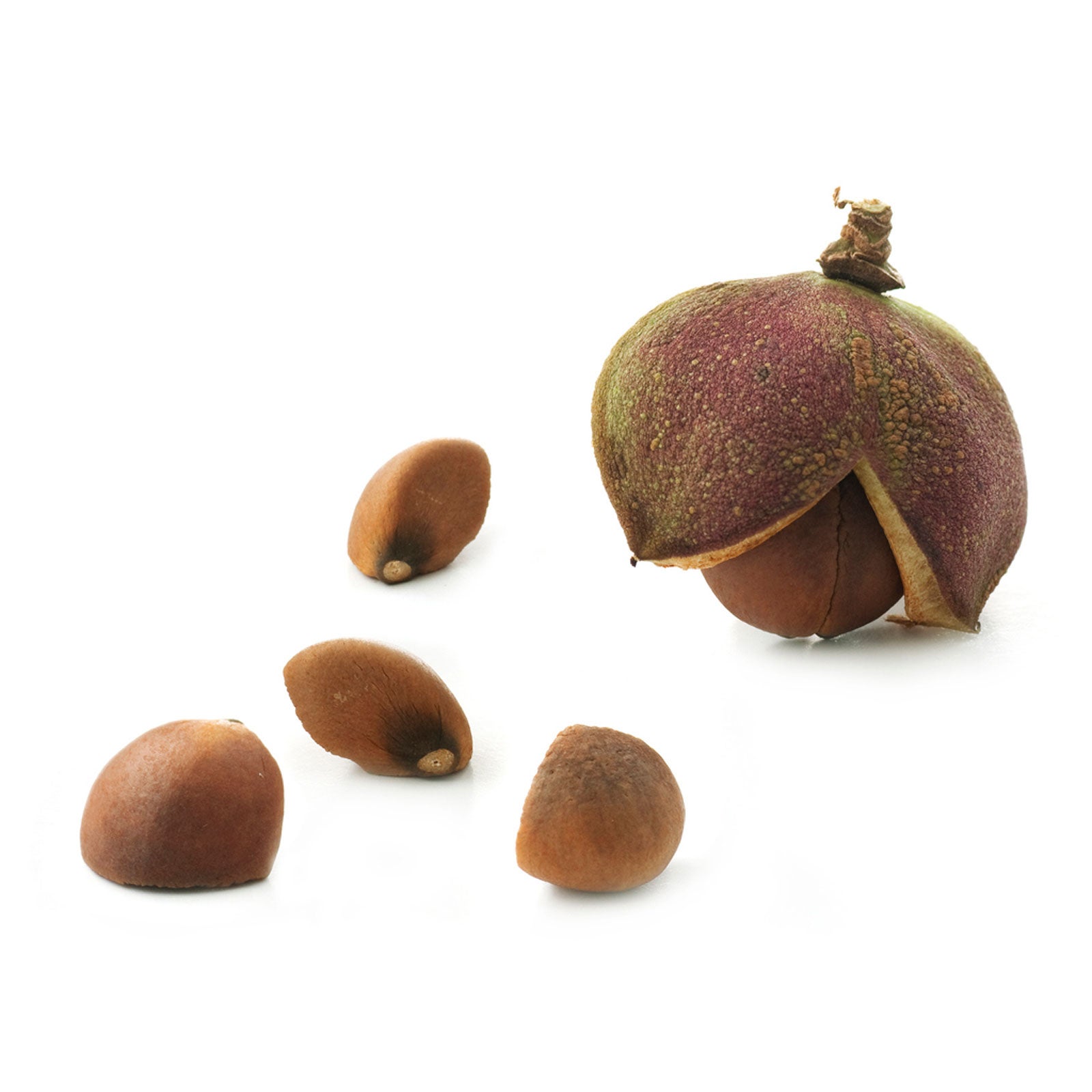 Growing Tea From Seed – Tips For Germinating Tea Seeds
Growing Tea From Seed – Tips For Germinating Tea SeedsArguably one of the most popular beverages that exist is tea. It has been consumed for thousands of years, steeped in historical folklore, references, and rituals. With all this interesting history, you may be interested in learning to plant tea seeds. Click here to learn more.
By Amy Grant
-
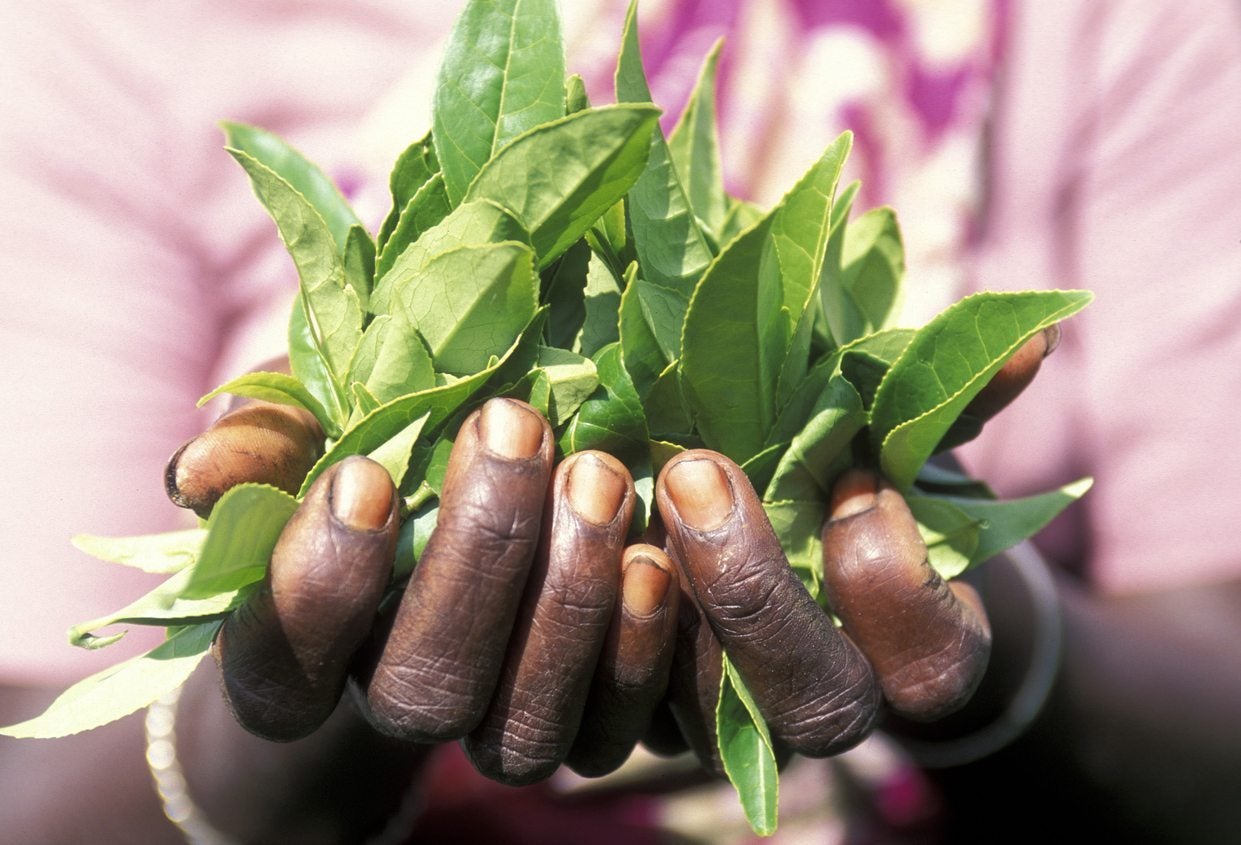 Pruning Tea Leaves – When To Prune A Tea Plant
Pruning Tea Leaves – When To Prune A Tea PlantTea plant pruning is an essential part of the shrub's care if you are interested in harvesting its leaves for tea. If you are wondering how to prune tea plants or when to prune a tea plant, click on the following article for helpful tips.
By Teo Spengler
-
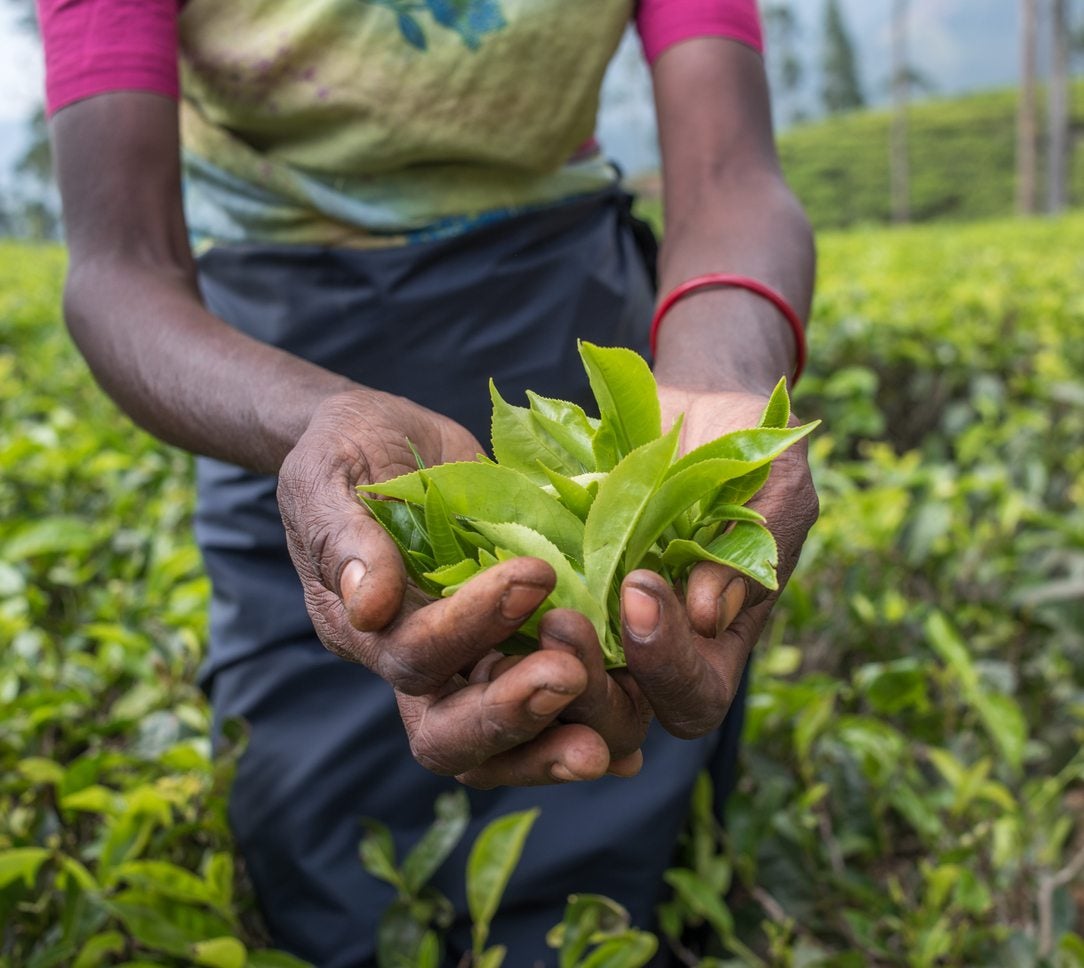 When To Harvest Tea Plants: Information On Tea Plant Harvesting
When To Harvest Tea Plants: Information On Tea Plant HarvestingGrowing the tea plant, Camellia sinensis, allows you to produce your own tea at home. But how do you get from the plant to the cup? Learn more about harvesting tea plants in this article.
By Amy Grant
-
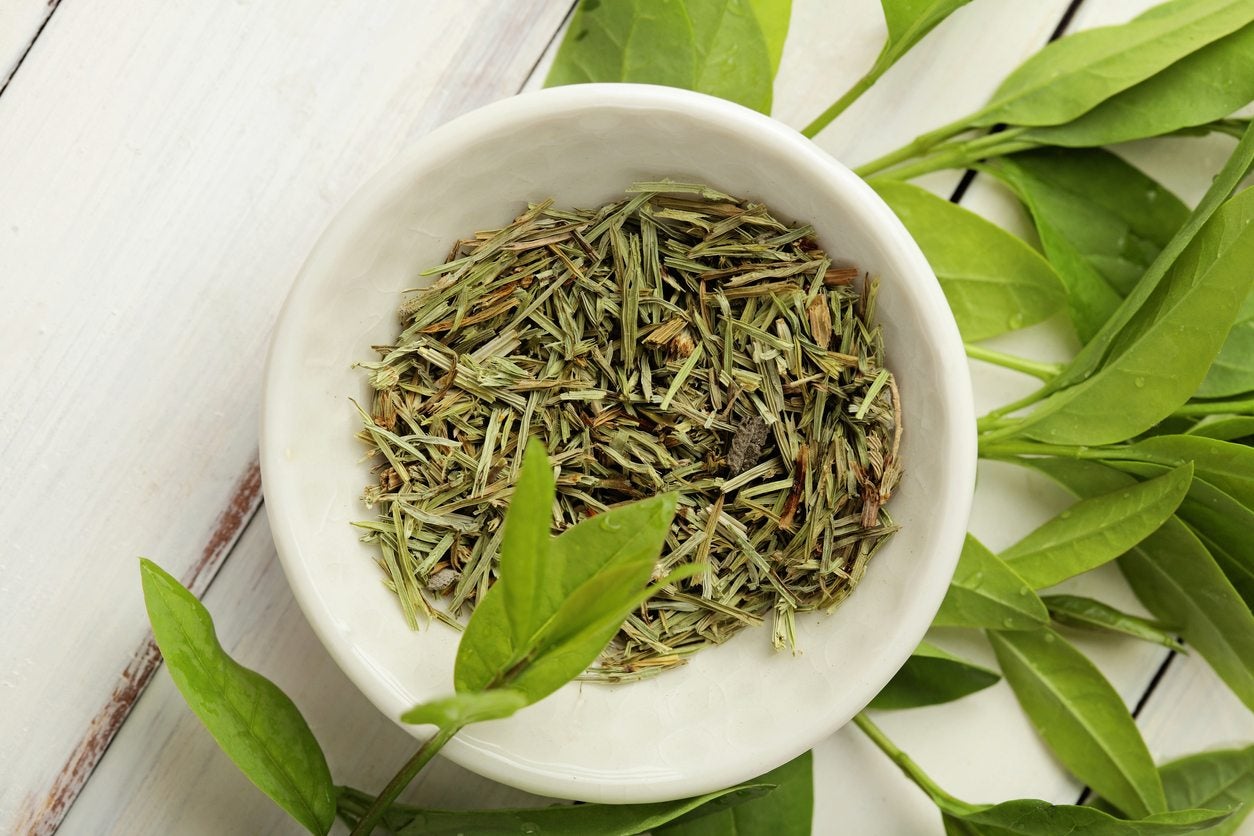 Tea Plant Care: Learn About Tea Plants In The Garden
Tea Plant Care: Learn About Tea Plants In The GardenWhat are tea plants? The tea we drink comes from various cultivars of Camellia sinensis, a small tree or large shrub commonly known as the tea plant. Familiar teas such as white, black, green, and oolong all come from tea plants. Learn more here.
By Mary H. Dyer